Today, I'm excited to share with you two video recordings from our recent program, The Art of Song: Musical Pairs! Just to recap, Steve and I chose to perform two settings of "Mondnacht"–one by Schumann and one by Brahms. There are several common musical features that suggest Brahms used Schumann's setting as a model:
1. Meter + perpetual motion. Both composers used 3/8 meter and sustained a sense of perpetual motion (suggested by the text) with constant sixteenth notes in the piano accompaniment.
2. Plagal "Amen" cadence. Both settings include a plagal or "Amen" cadence near the end, underscoring the last two words of the text - "nach Haus" (to home). This implies not only a sense of arrival and resolution but also a sense of rest (perhaps eternal rest, as suggested in the text).
3. Introductions. The introductions in both song settings are the same length (six measures), include a fragmented melody (stated twice), and end on a dominant, unresolved chord. This sense of suspension at the end of the introduction leaves the listener waiting for the vocal line.
Here is our performance of Schumann's setting:
And, for comparison, here is the Brahms setting (minus the final two chords because our camera died–so sorry!)
What do you think? Do you hear the similarities between these two songs? Did Brahms set this text as a tribute to the Schumanns or was he trying to compete with Robert?



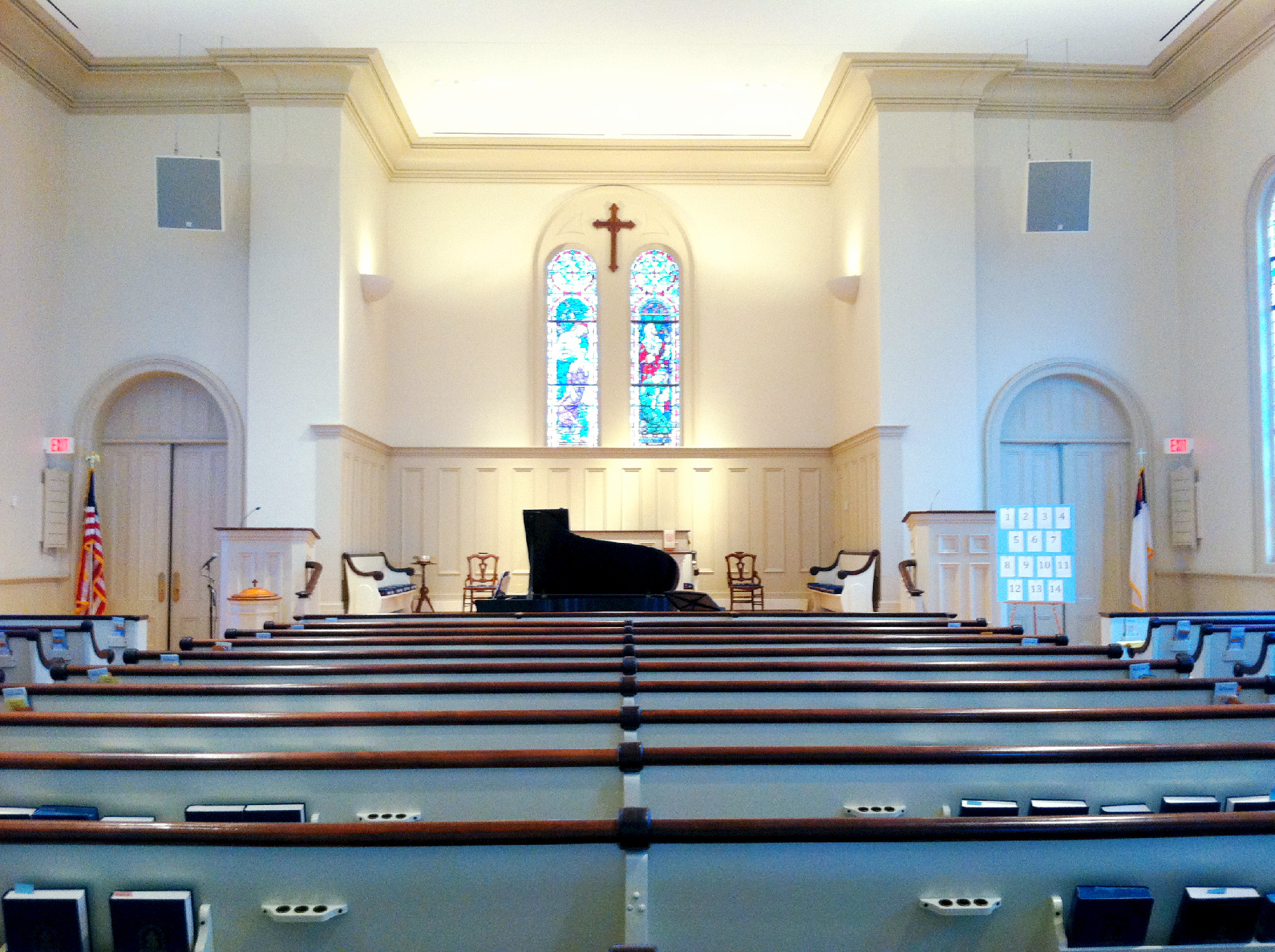
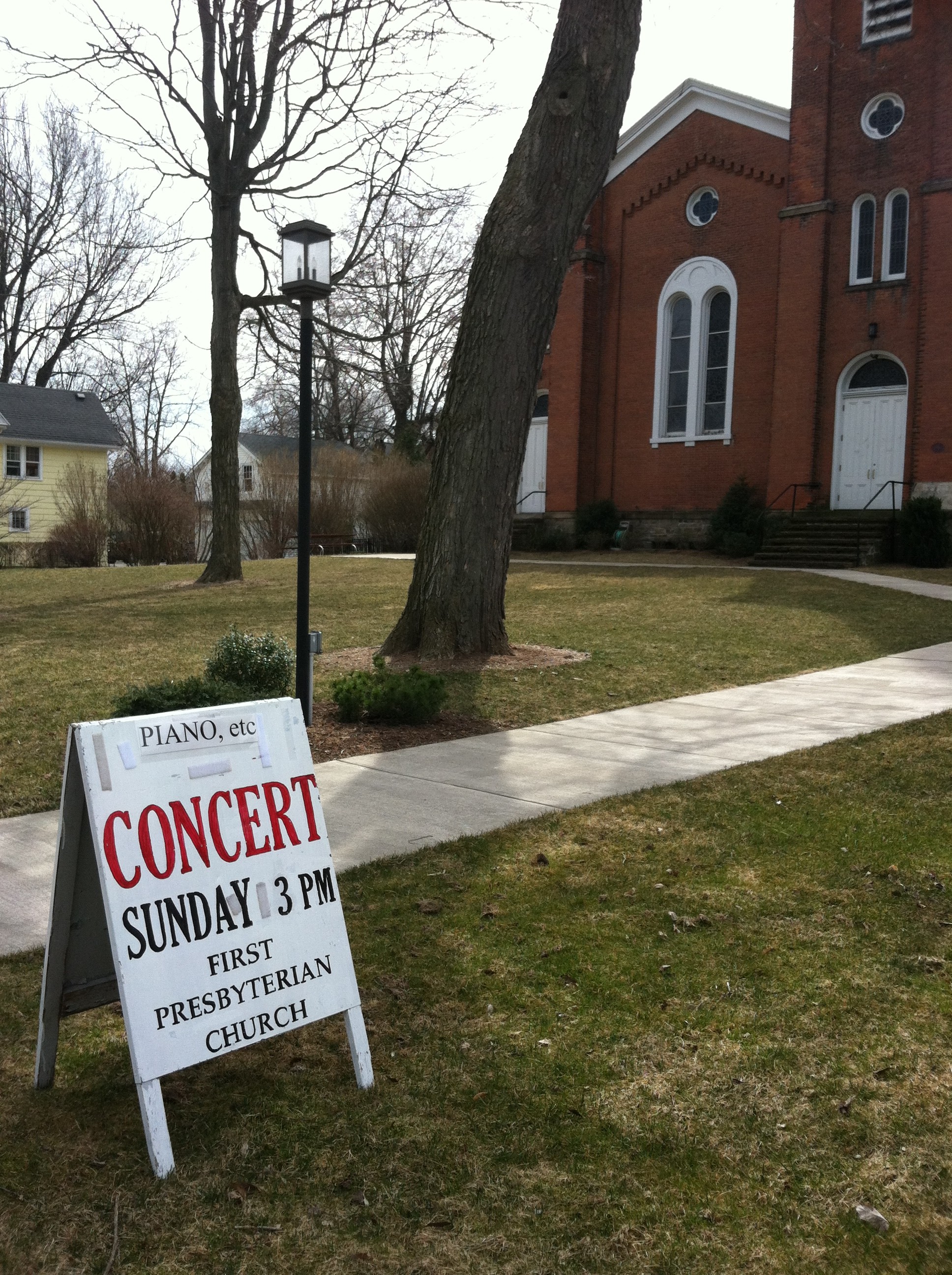
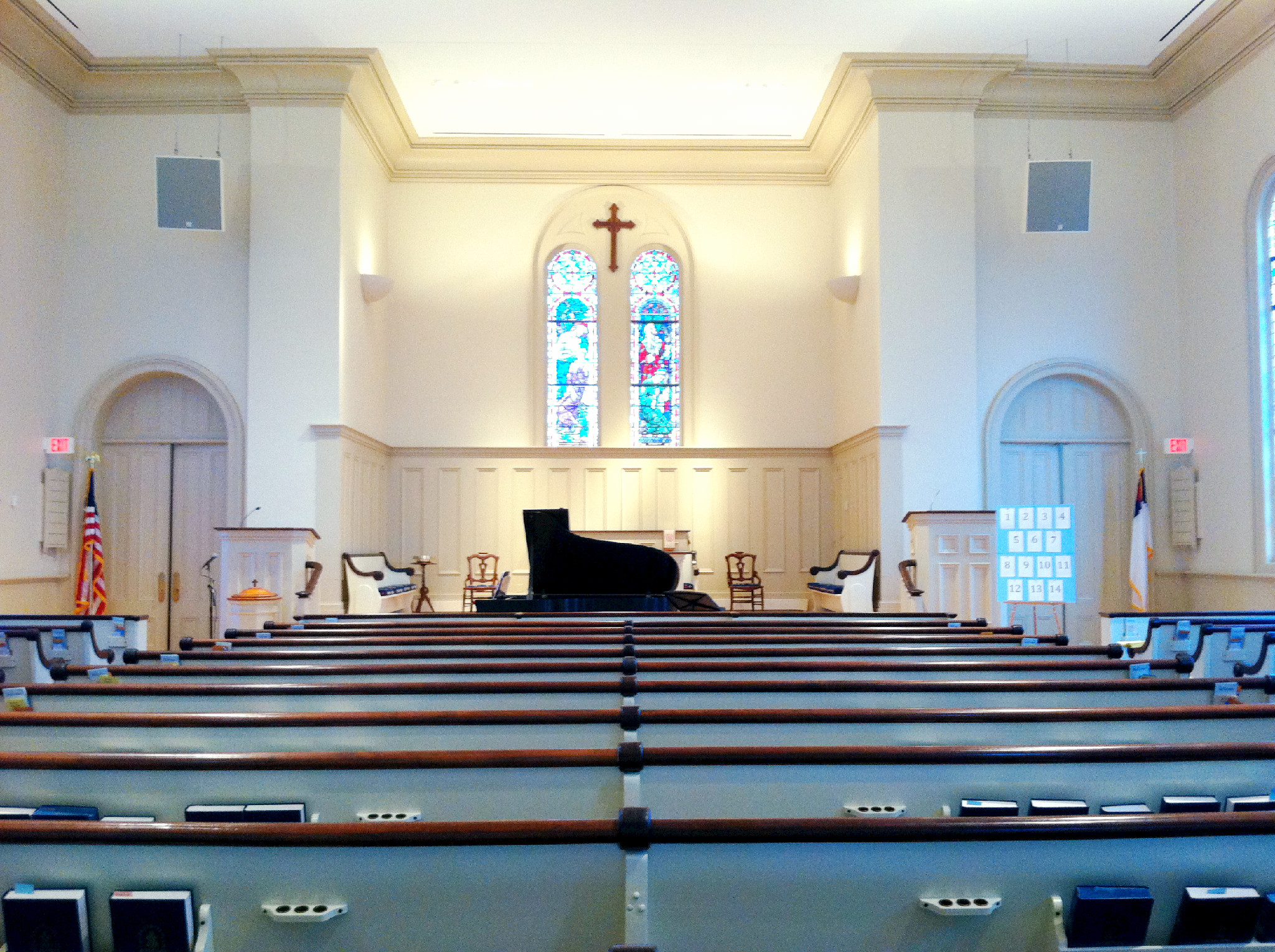
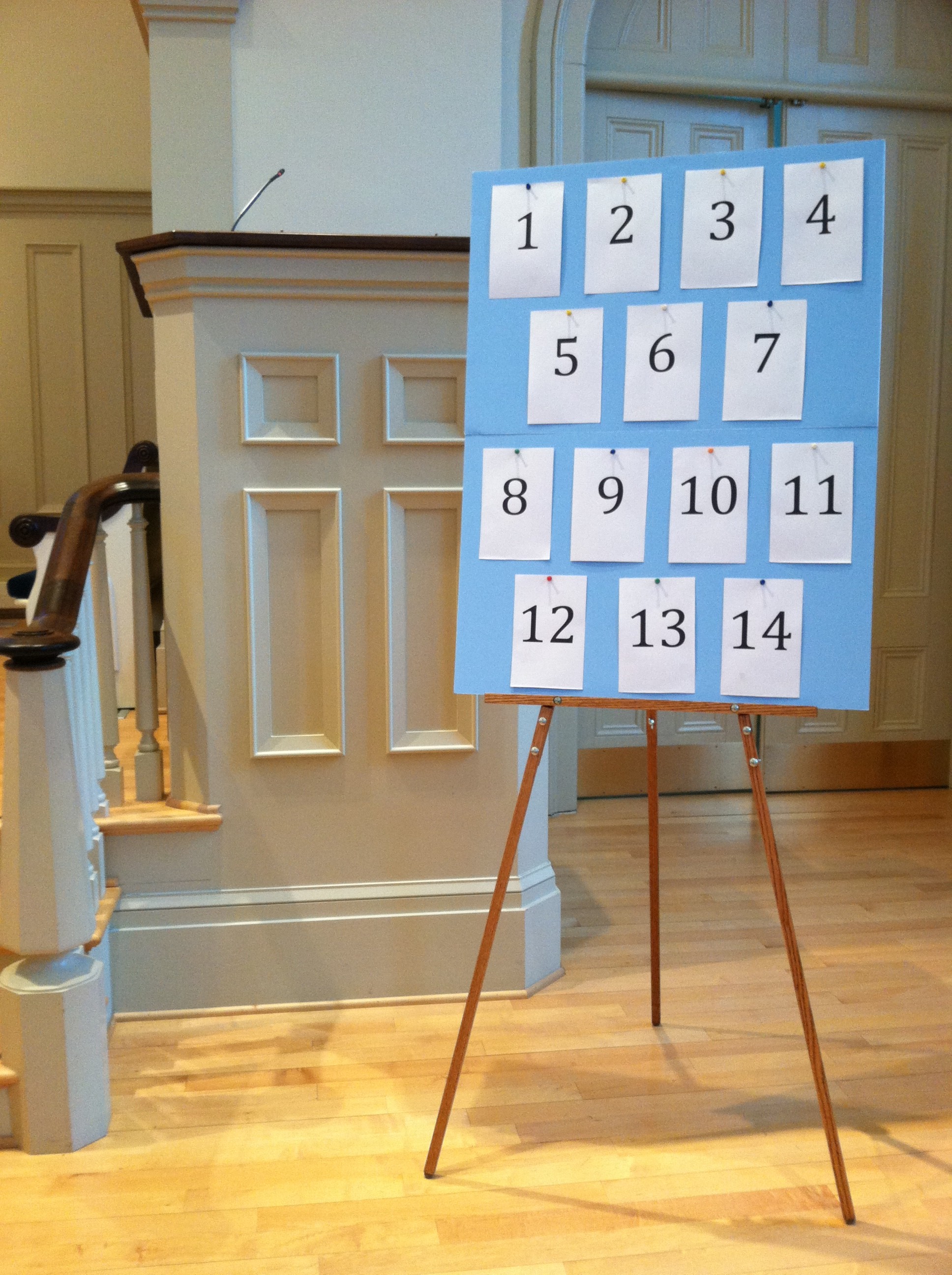
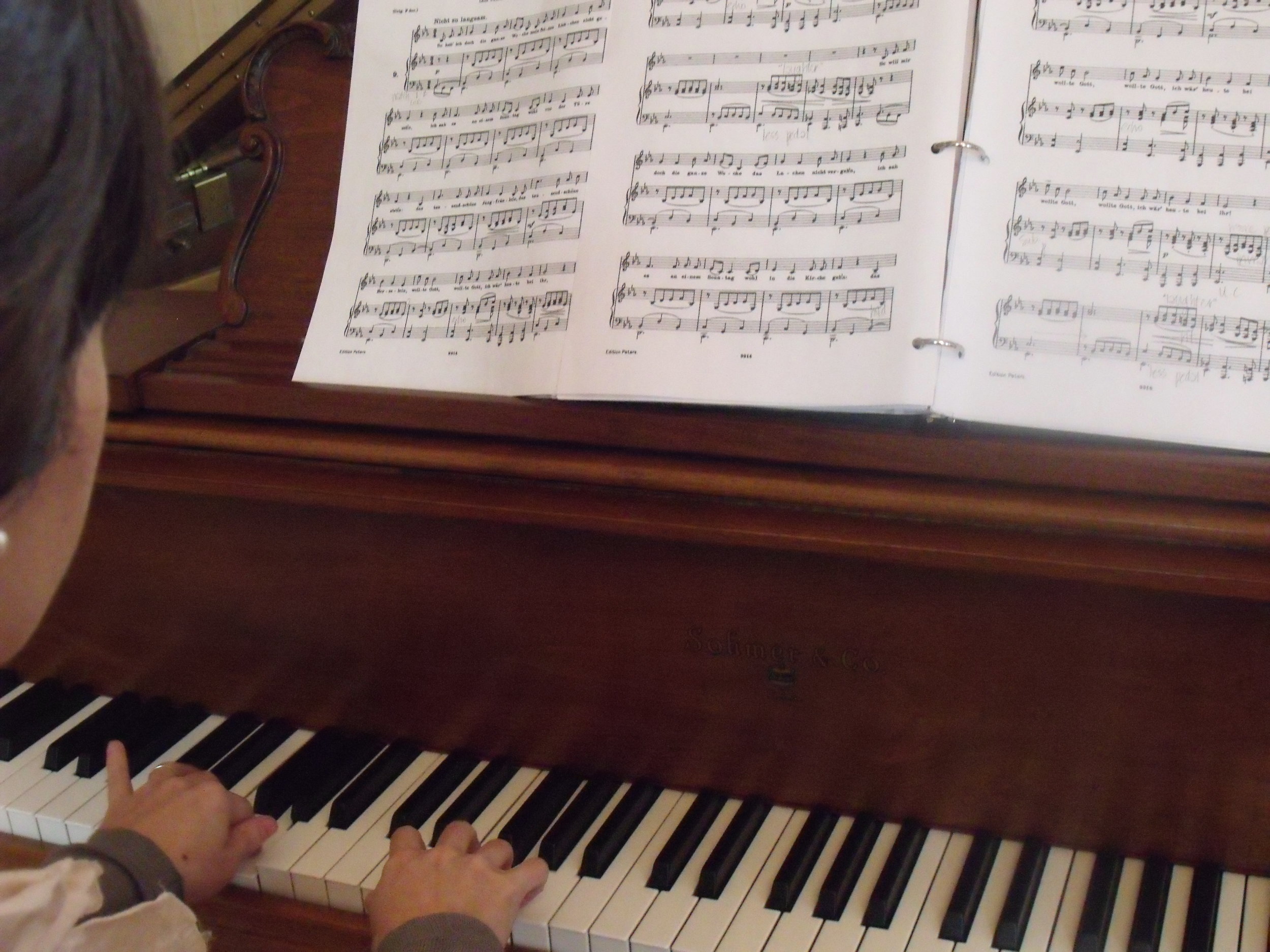 Some of you may remember my
Some of you may remember my  Remember my posts from a few months ago titled, “The Art of Song”? Well, just in case you don’t, you can catch up
Remember my posts from a few months ago titled, “The Art of Song”? Well, just in case you don’t, you can catch up 




